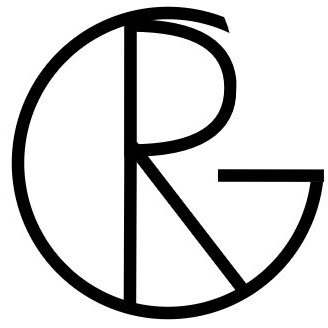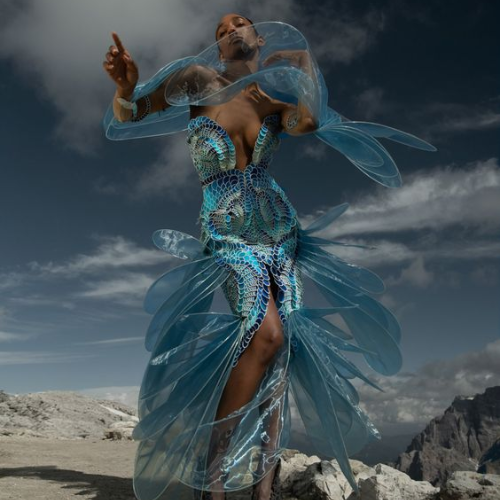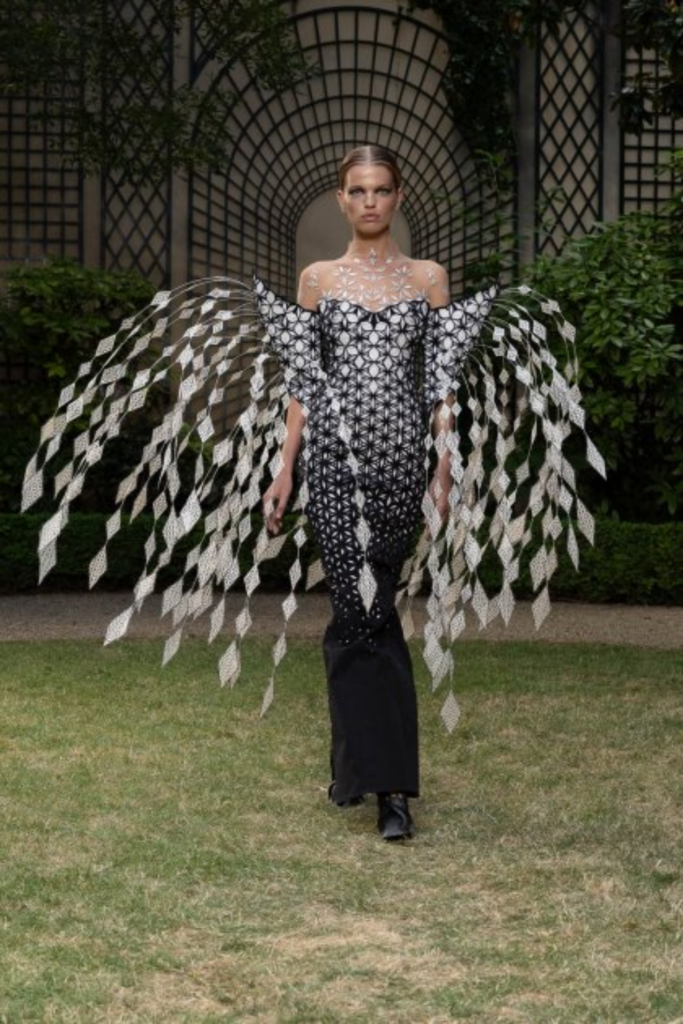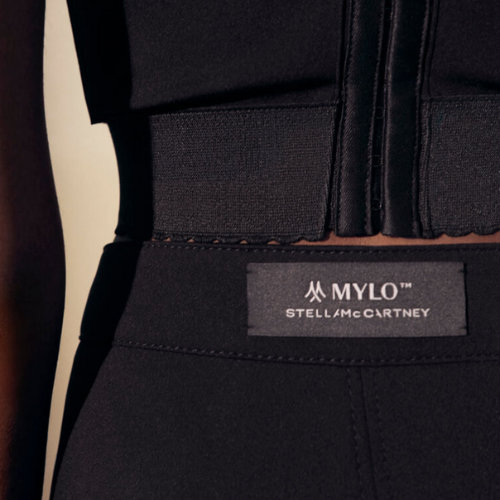In the fashion industry, innovation knows no bounds. From the runways of Paris, the bustling streets of New York, and the snowy Alps, designers constantly seek inspiration from the world around us. Amidst this whirlwind of creativity and innovation, one trend is making waves for its seamless blend of nature and design: biomimicry.
Biomimicry, in essence, is the art of drawing inspiration from nature for product design and processes. In fashion, this translates into garments and accessories that mimic the forms, patterns, and functionalities found in the natural world.
Imagine a gown that ripples and flows like ocean waves or a dress covered with patterns of butterfly wings. These are just some examples emerging from the combination of fashion and nature.
Biomimicry in Design
Many designers incorporate biomimicry into their designs. One of those is Dutch designer Iris van Herpen.
Renowned for her ethereal designs that blur the line between fashion and art, Iris van Herpen often considers nature her muse. In her collections, we see water, air, and earth elements translated into textual forms that sculpt her designs. Her creations not only celebrate the beauty of the natural world but also challenge our perceptions of what fashion can be.
Biomimicry Beyond Aesthetics
But biomimicry in fashion is not merely about aesthetics; it is about innovation with a purpose. In an industry notorious for its environmental footprint, designers are increasingly turning to biomimicry as a means of creating sustainable alternatives to traditional materials and manufacturing processes.
Biomimicry as a Sustainable Solution
Biomimicry in fashion stands as a pivotal force in the pursuit of sustainability within the industry. At its core, sustainability in fashion includes not only the environmental impact of production but also the social and economic implications of the entire supply chain. Biomimicry offers a multidisciplinary approach to addressing these challenges, emphasizing innovation, efficiency, and harmony with the natural world.
First and foremost, biomimicry offers a sustainable alternative to traditional materials. By drawing inspiration from nature’s designs, designers can create fabrics and textiles that mimic the properties of natural materials without the environmental cost. For example, fabrics inspired by lotus leaves offer lightweight, breathable alternatives to conventional textiles, reducing the reliance on resource-intensive materials like cotton or polyester.
Moreover, biomimicry encourages a shift towards closed-loop systems and circular design principles. Nature operates on a circular economy model, where waste from one organism becomes a resource for another. By pursuing this approach, fashion designers can develop products and processes that minimize waste and maximize resource efficiency. For instance, biomimetic manufacturing techniques may allow for the creation of garments that can be easily disassembled and recycled at the end of their lifecycle, reducing the burden on landfills and natural ecosystems.
Additionally, biomimicry promotes innovation in sustainable manufacturing processes. Nature has perfected the art of efficiency over millions of years of evolution, and biomimetic design principles can help fashion brands streamline production processes and minimize energy and resource consumption. For example, studying the efficient movement of marine organisms may inspire more sustainable dyeing techniques or water-saving methods in textile production.
Furthermore, biomimicry fosters a deeper connection to nature and encourages a shift in mindset towards more holistic and regenerative approaches to fashion. By recognizing the beauty and complexity of the natural world, designers and consumers alike are inspired to prioritize sustainability and ethical practices in their fashion choices. This shift in consciousness has the potential to drive systemic change within the industry, leading to a more sustainable and equitable future for all.
Examples of Biomimicry in Fashion
Solutions to many problems and challenges have been found by drawing inspiration from nature. Biomimicry has offered answers for properties in products such as self-cleaning, self-repairing, energy conservation, water-repellent, dry adhesion, and much more.
For example, designer Stella McCartney has embraced biomimicry to create cruelty-free alternatives to animal-derived materials. Stella McCartney’s team and Bolt Threads developed a revolutionary biofabric called Mylo™, made from mycelium, the underground root structure of mushrooms. This innovative material mimics the luxurious texture of leather without the environmental cost.
Another popular example is Velcro, which was developed by George De Mestral when he saw burrs clinging to his dog’s fur while out for a walk one day.
In addition, innovators have draw inspiration from certain animal’s thermal regulation to create clothing that can adapt to changing weather conditions, or dyes made from plant pigments to reduce chemical usage and create natural colors.
Conclusion
Biomimicry is an innovative solution for a shift towards a more sustainable fashion industry. By drawing inspiration from nature’s timeless designs and principles, fashion designers have the opportunity to create products that are not only beautiful and innovative but also respectful of the planet and its inhabitants.
Sources
All pictures link to their source, and all credits go to the rightful owners.
You can find the header picture here.
Image Credit: Iris van Herpen








